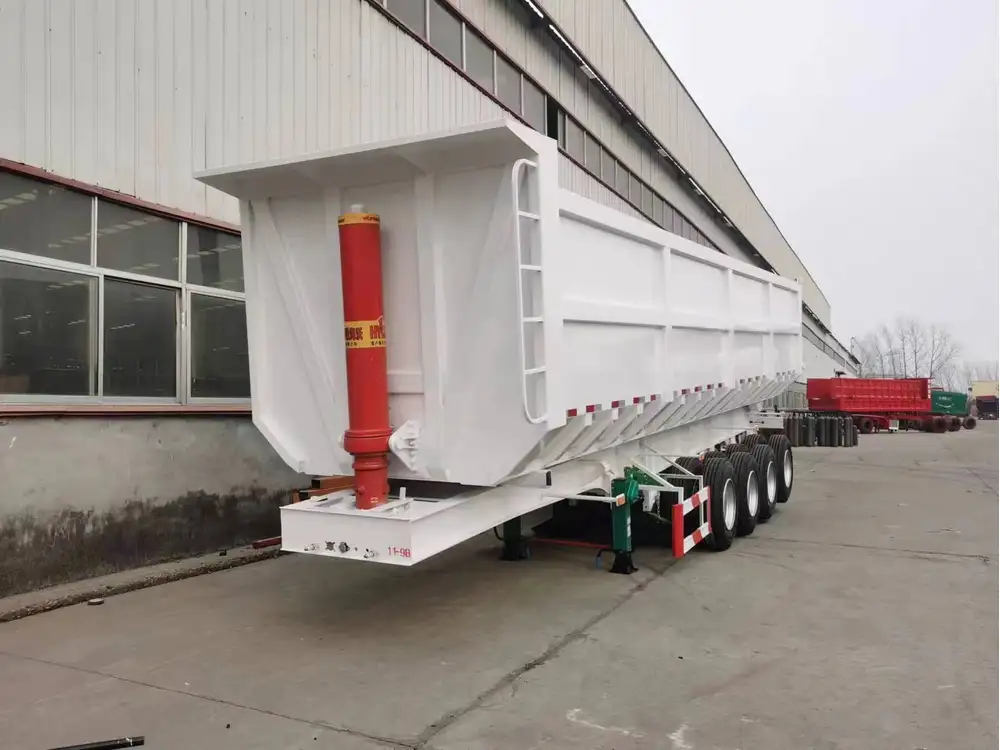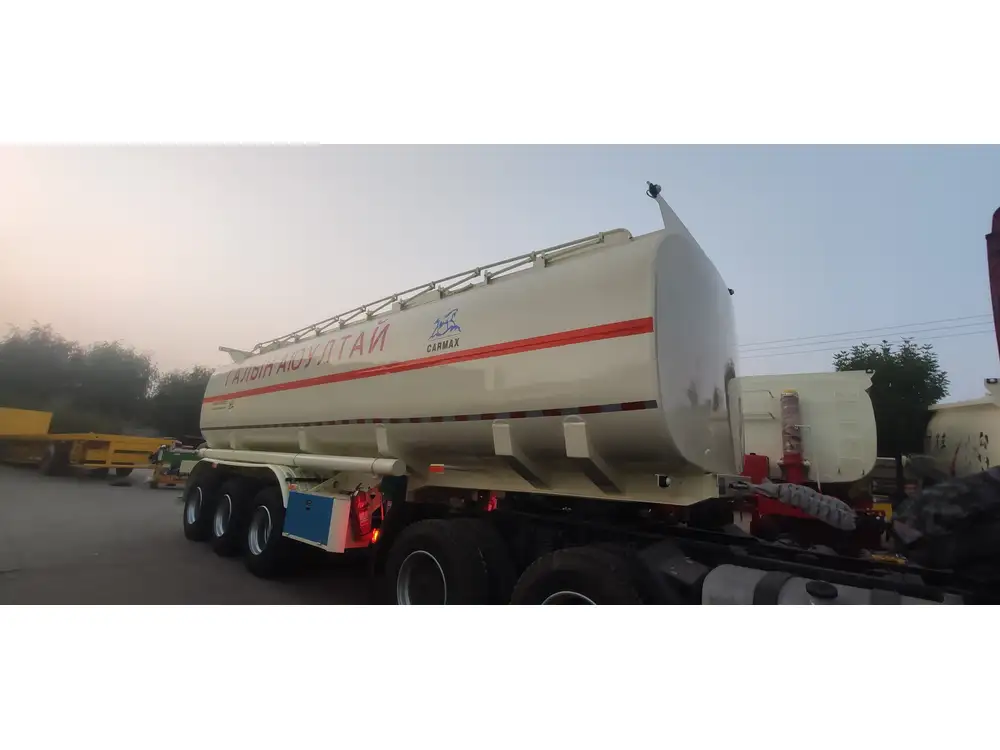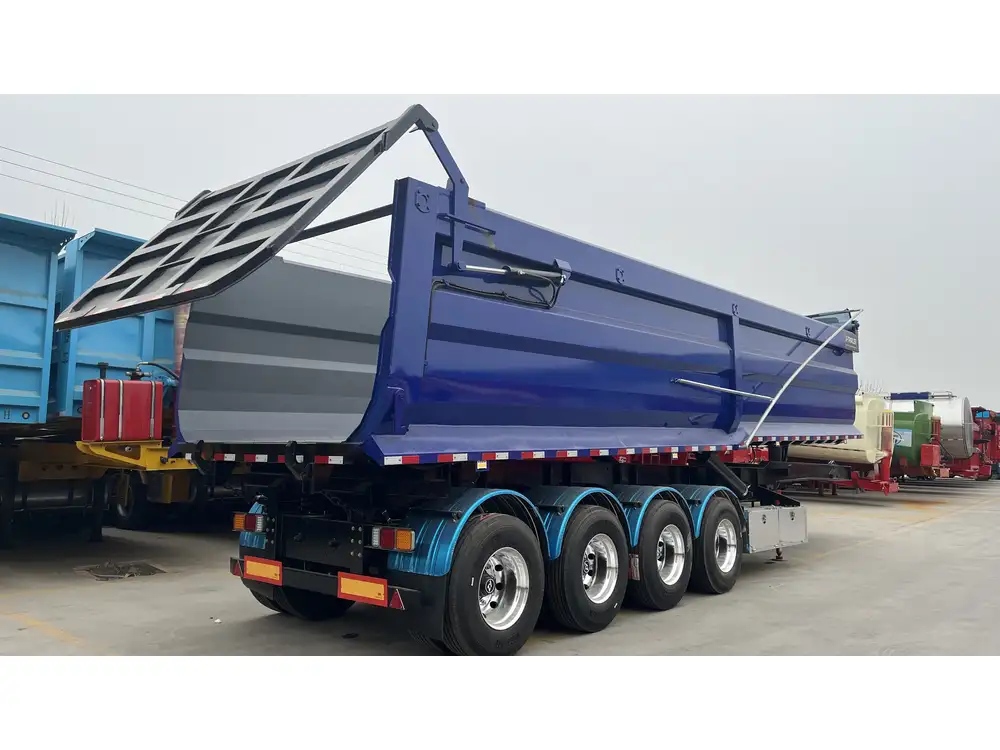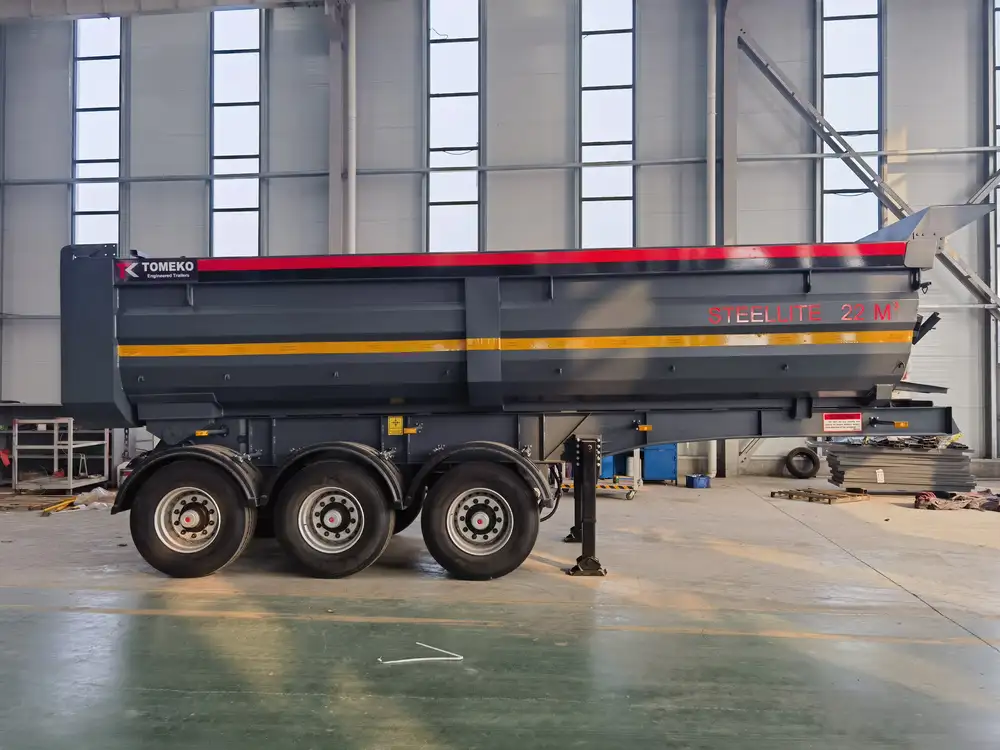Loading a tractor onto a dump trailer is an essential skill for machinery operators, farmers, and transportation personnel. It requires not only knowledge of techniques but also an understanding of equipment capabilities, safety protocols, and regulatory considerations. In this comprehensive breakdown, we will explore every facet of loading a tractor onto a dump trailer efficiently and safely.
Understanding Dump Trailers
Before delving into the intricacies of loading a tractor, it’s vital to understand what a dump trailer is and its features.
Features of a Dump Trailer
| Feature | Description |
|---|---|
| Material | Typically made from steel or aluminum, offering durability. |
| Capacity | Ranges from 5,000 lbs to over 30,000 lbs, depending on size. |
| Dump Mechanism | Hydraulic lift system, making unloading materials effortless. |
| Length and Width | Various sizes accommodate different types of machinery. |
| Axle Configuration | Single or dual axles for enhanced stability and load capacity. |

Types of Dump Trailers
- Belly Dump Trailers: Ideal for spreading materials over a large area.
- End Dump Trailers: Commonly used for loose material transport.
- Side Dump Trailers: Allows for unloading to the side, useful in narrow spaces.
Preparing to Load the Tractor
Proper preparation is key to a successful loading process. Several steps must be followed to ensure safety and efficiency.
Steps for Preparation
- Inspect the Dump Trailer: Check for structural integrity, hydraulic functionality, and tire pressure.
- Assess the Tractor: Ensure it is in good working condition. Check the tire pressure, fluid levels, and battery charge.
- Clear the Work Area: Remove any obstructions that could hinder the loading process.
- Gather Loading Equipment: Necessary tools may include ramps, straps, and wheel chocks.

Loading Techniques: Step-by-Step Instructions
Now we will outline the loading process in detail.
Step 1: Set Up the Ramp
A ramp is crucial to bridge the gap between the ground and the trailer. When selecting ramps, ensure they are rated for the weight of the tractor and the incline is manageable.
- Wide Ramps: Offer more surface area for stability.
- Adjustable Ramps: Provide flexibility for different loading situations.
Step 2: Position the Dump Trailer
- Level Ground: Make sure the trailer is on a level surface to prevent it from tipping.
- Chock the Wheels: Use wheel chocks on both the tractor and trailer to prevent rolling.

Step 3: Drive the Tractor onto the Trailer
- Align the Tractor: Position the tractor straight on the ramp for a smoother ascent.
- Low Gear: Engage a low gear to retain control and prevent excessive speed.
- Straight Path: Keep the tractor wheels aligned and proceed forward slowly.
- Watch for Clearance: Be mindful of any overhead obstructions, especially if the tractor is tall.
Step 4: Secure the Tractor
Once loaded, securing the tractor is paramount.
Securing Methods
- Straps: Use heavy-duty ratchet straps to hold the tractor in place.
- Chains: For extra security, use chains that can withstand the load’s weight.
- Wheel Chocks: Place wheel chocks behind the rear tires to prevent movement during transport.

Safety Considerations
Safety cannot be overlooked when loading heavy equipment. Potential hazards can lead to serious injuries or damage.
Common Safety Hazards
| Hazard | Prevention Strategies |
|---|---|
| Equipment Roll-Away | Use chocks and ensure the trailer is parked on level ground. |
| Insufficient Load Securement | Regularly check and tighten straps throughout transport. |
| Overloading the Trailer | Adhere to the weight specifications outlined by the trailer manufacturer. |
Personal Protective Equipment (PPE)
- Hard Hats: Protect against falling objects.
- High-Visibility Vests: Ensure everyone is seen during the loading process.
- Steel-Toed Boots: To prevent foot injuries.

Troubleshooting Common Loading Problems
Challenges may arise when loading a tractor. Understanding how to troubleshoot can save time and resources.
Issues and Solutions
| Issue | Solution |
|---|---|
| Tractor Won’t Move | Check for mechanical failures or gear issues. |
| Uneven Weight Distribution | Adjust the tractor’s position on the trailer. |
| Ramp Slippage | Use rubber mats for added traction. |
Adjusting for Different Types of Tractors
While the above guidelines are comprehensive, various tractor types may require specific handling techniques.

Compact vs. Full-Sized Tractors
- Compact Tractors: Often lighter and more agile. Use wider ramps to accommodate the increased angle of ascent.
- Full-Sized Tractors: Generally heavier, thus requiring a stronger securing strategy due to greater inertia during transport.
Regulatory and Legal Considerations
Awareness of local laws and regulations regarding transport can prevent legal issues.
Key Regulations to Note
- Weight Limits: Ensure compliance with DOT weight limits for trailers.
- Transport Permits: Check if you need special permits for oversized loads.
- Insurance: Consider liability insurance to cover potential accidents.

Conclusion: Mastering the Load
Successfully loading a tractor onto a dump trailer is a pivotal process that combines safety, technique, and knowledge. Following the outlined steps, preparing adequately, and understanding the nuances of each element can significantly enhance efficiency and reduce liability.
By prioritizing safety and adopting best practices in loading, you ensure not only the integrity of your machines but also the safety of personnel involved in the transportation process. Additional knowledge of the various aspects of dump trailers, tractor types, and legal requirements rounds out a proficient operator’s skill set.
For those engaged in this essential aspect of agriculture and machinery transport, mastering the art of loading is crucial. Consistent practice, vigilance, and adherence to these comprehensive guidelines will foster a robust operational environment, ready to tackle the demands of modern transportation logistics.
Embrace these insights, build your loading proficiency, and ensure that every tractor loaded onto a dump trailer arrives at its destination safely and securely.



